Thinking of giving your living room a makeover? Or perhaps you’re moving into your first home and wondering how to decorate your lounge? Whatever the case, here are a few tips that could help you to design the ultimate living space.
Deciding on a style
Keeping your living room to a theme will help to create a sense of harmony. You could go retro and try a mid-century theme with groovy curved sofas and bright colours. You could go even more traditional with a period style incorporating antique furniture and historic ornaments. You could go for a modern synthetic style with glossy textures and lots of gadgetry. Alternatively, you could go for a modern rustic style and stick to wood and natural fabrics. The options are endless.
If you’re unsure of a style, think about the age of the property and where it is located. You’re more likely to pull of a classic style in an older home just as you’re more likely to pull off a contemporary style in a newer home. Meanwhile, rustic farmyard décor is likely to be better suited for a rural property, whilst a more urban look might be better for those that live in a town or city. When choosing a colour for the walls, consider something neutral if you are unsure of a style – neutral colours will match any style of décor could allow you to more easily change the style of your living room in the future.
Picking the right sofa suite
The sofa suite is arguably the most important part of any living room. As a result you need to take the time to find something practical and within your budget.
If you’ve got a big family or you have lots of regular guests, a large sectional sofa could be a worthy purchase. Some of these can be assembled to fit the dimensions of your room, whilst others may be limited to a certain shape (corner sofas can be great for poky rooms). Also consider whether you need your sofa to convert into a bed – this could be useful if you often have guests staying over.
Meanwhile, if you’ve got pets or young kids, you may want something easy to clean. A leather sofa on legs could be a good option – not only will the leather be easy to clean spillages and food off, but you’ll also be able to easily hoover underneath if it’s on legs. Alternatively, you could simply add a throw over a sofa, which you can easily take off and wash.
It’s worth also considering how you’re getting the sofa into your home. Flat-pack furniture options could be more practical for those living in upper level apartments as you won’t have to lug the sofa up and manoeuvre it around stairs. That said, you may be able to pay extra to a professional to help get the sofa into your home (some people go so far as to hire cranes!).
Once you’ve considered all these practicalities you can then start to consider the style. Try to keep this within the them of the room – a modern sofa design could look out of place if all your other décor is traditional.
To find furniture in your budget, try looking out for furniture store sales (there’s always a sale on – although be wary that’s it’s often the sofa designs that nobody wants that get discounted). Alternatively, you could try buying a sofa second-hand for cheap online at Gumtree or from a local second-hand store.
Carpet or wooden floor?
Both carpet and wooden floor can work in a living room. When deciding which one to use think about the practicality.
Carpets are great for home’s in cooler climates as they help provide insulation and are more cosy to step on. They can however be prone to stains and can collect animal fur more easily.
Wooden floors are easier to clean making them better if you have pets or young kids. You may want to still put a rug down as wooden floors can also be slippery and have been known to cause joint problems for dogs. Wooden floors should always be sealed to stop them getting marked – most wooden flooring comes prelaminated nowadays which is convenient.
It’s possible to install both carpet and wooden flooring yourself. This can often be made to measure and there are click-fit options for those choosing a wooden floor that simply sit over your existing floor, saving you from having to lay new floorboards.
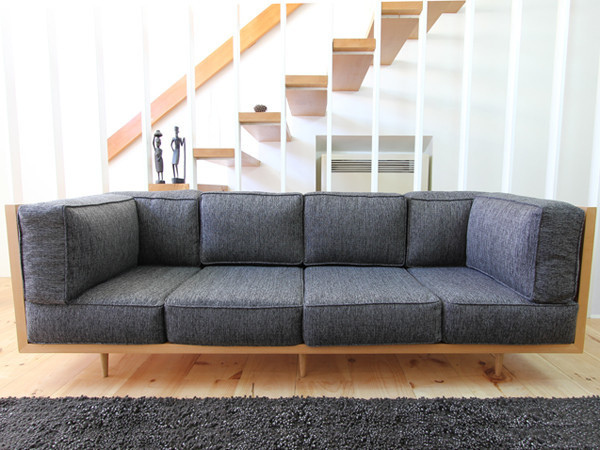
Positioning the TV
The TV has become a central component of modern living rooms. In fact, many people will design their entire living room around the TV. Often the placement of the satellite cable dictate where people place their TV, but you can always move this cable and give yourself more room.
If you’ve got a small room, consider mounting a TV on the wall – this will give the room more space. Alternatively, you may prefer it placed in a corner if you feel you don’t have any suitable wall space to place it. Be careful of showing off your TV and letting it dominate the room – it could be worth adding a painting or large photo above or opposite to offer another focal point and add a sense of harmony. You also don’t want to place your TV in front of a window as this could be an advert for burglars.
Dressing your windows
With living room windows, you ideally want to maximise light whilst keeping privacy. If your living room is facing your backyard, you may not need to worry about privacy, however it could vital if it’s positioned at the front of your home. Net curtains can offer privacy whilst letting in light.
Thick curtains can be useful for the winter as they will provide insulation. In the summer meanwhile you may want to switch to light curtains or blinds that allow the breeze in.
If you’ve only got a small window, you could use curtains to help make your window seem bigger – by extending the curtain rail either side and letting the curtains cover the walls but overlap the window, you can make it seem as if your window is wider than it really is.
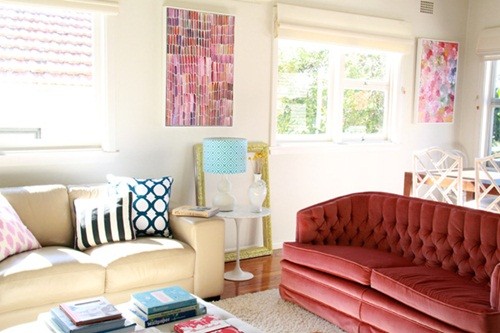
Adding some personal touches
For a living room to feel lived in, it needs some personal touches. There are lots of ways in which you can personalise a room.
Firstly, you could consider photographs. By surrounding yourself in happy memories, you can make it a place that feels happy. Think beyond a single picture in a frame – you could try custom picture frames or large photographs printed on canvas. You could also display multiple photos in a multi-frame or create a collage.
You could also personalise your living room with objects relating to places you’ve travelled, hobbies and perhaps even heirlooms from your ancestors. These unique items could help to further build a unique sense of personality.
On top of this, you may wish to show off your achievements in your living room. This could include trophies or certificates – such items are certain to make you feel proud and could be food conversation starters if you often have guests round.
Containing clutter
Living rooms can easily become prone to clutter such as mail, DVDs, kids toys and electronics. Try to keep this clutter contained using some kind of storage system, You can also digitise old movies and CD’s to save on space. Keep this within the theme of your room – you could use a wicker chest for a rustic living room, a bureau for a period living room or a funky shelving unit for a modern living room. If you’ve only got a small living room, you may want to consider multi-purpose storage – there are footstools and even sofas that double up as storage containers.
Nb. Collaborative post.

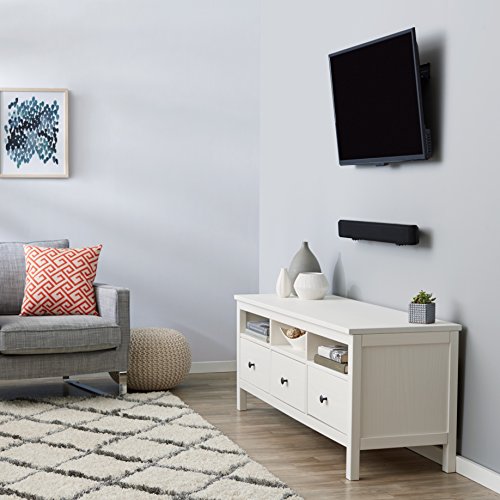

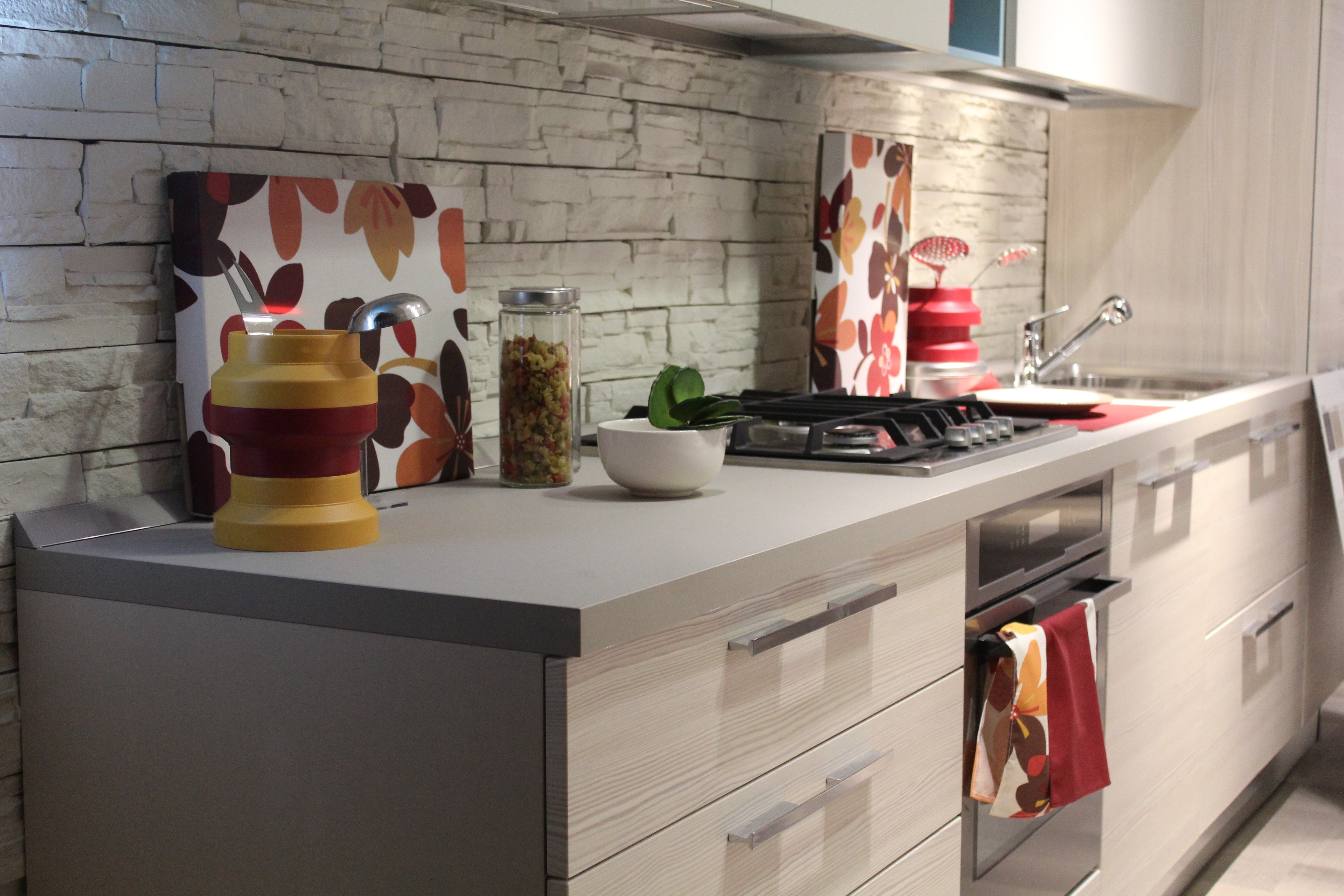
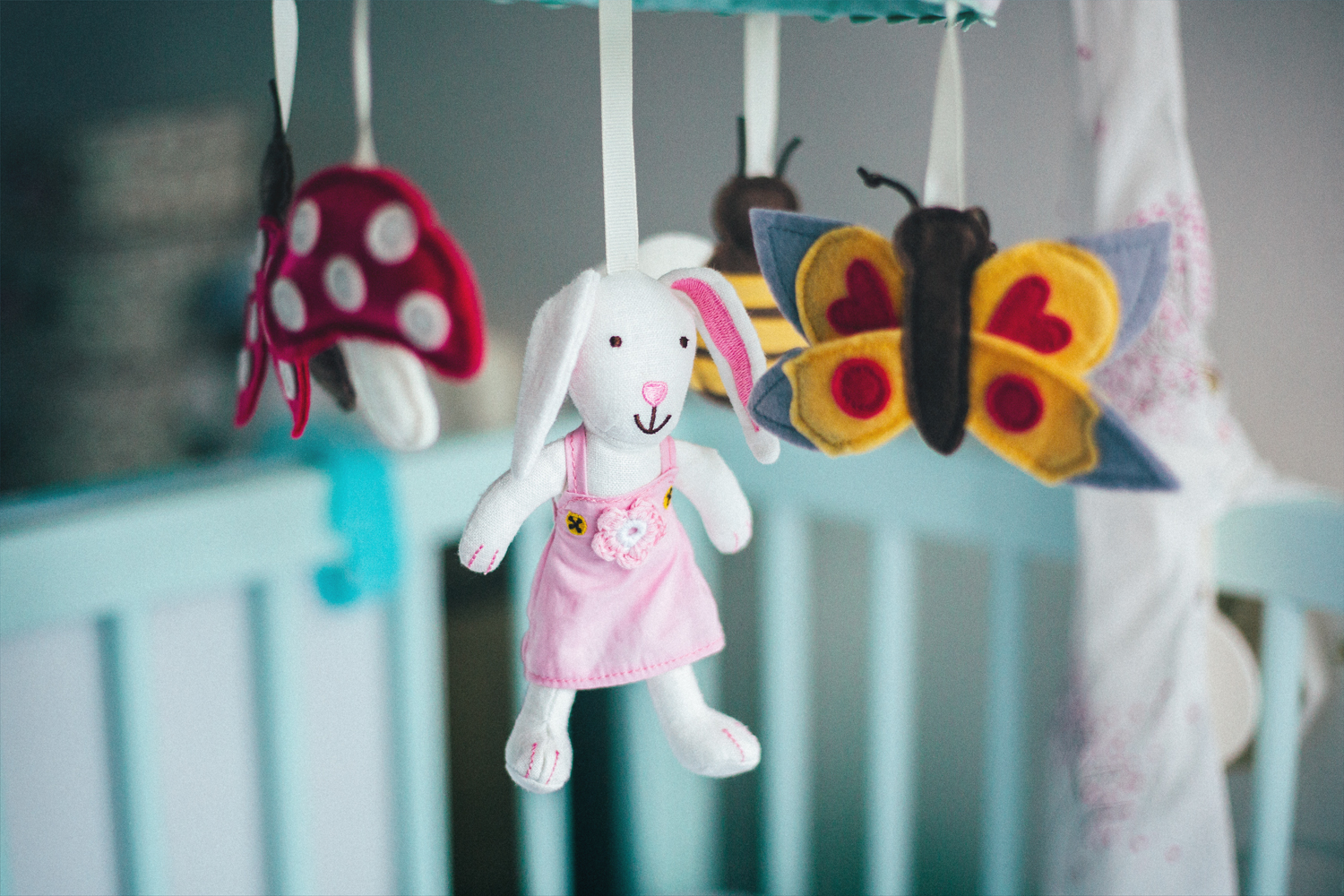
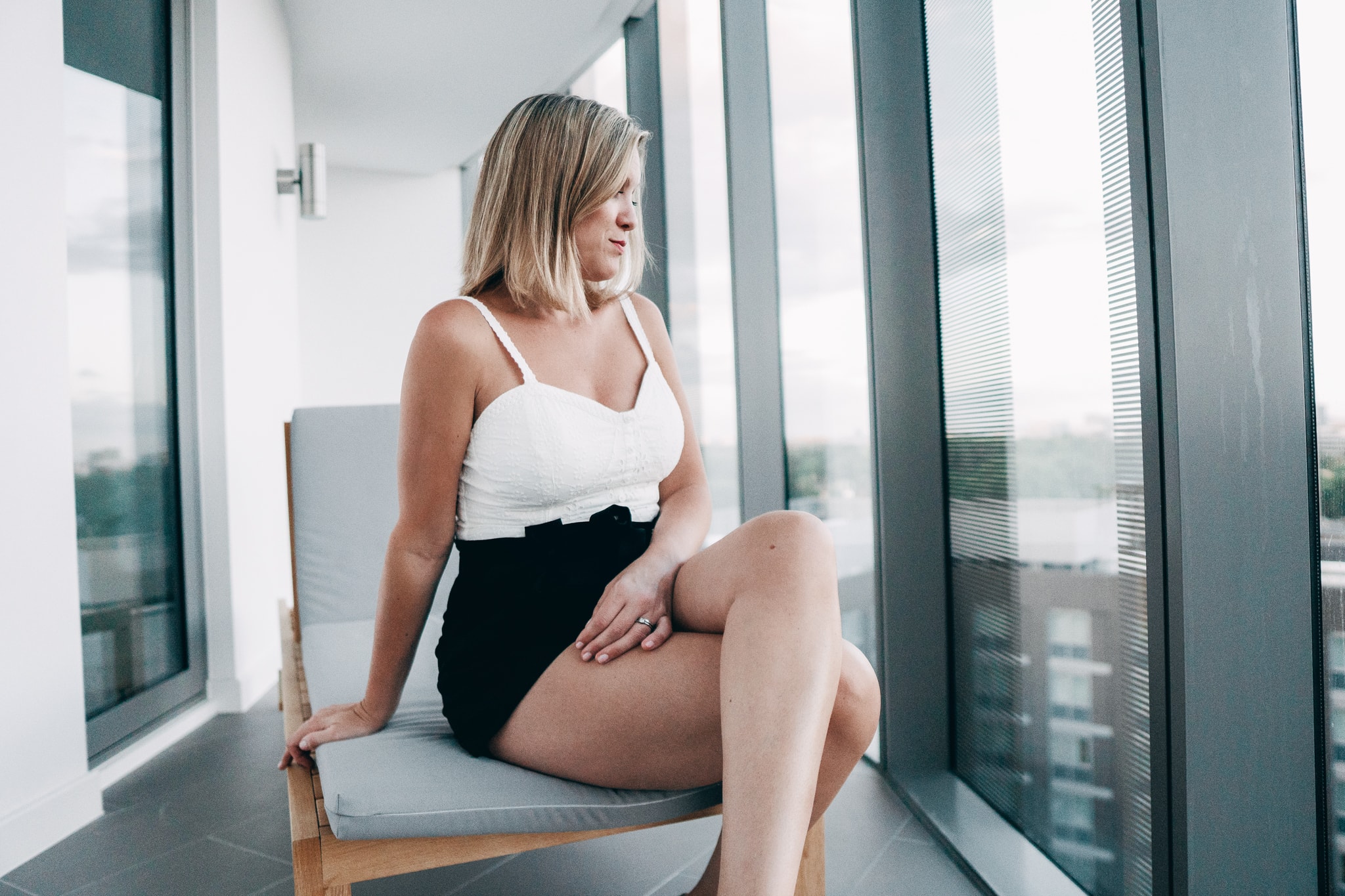
Leave a Comment